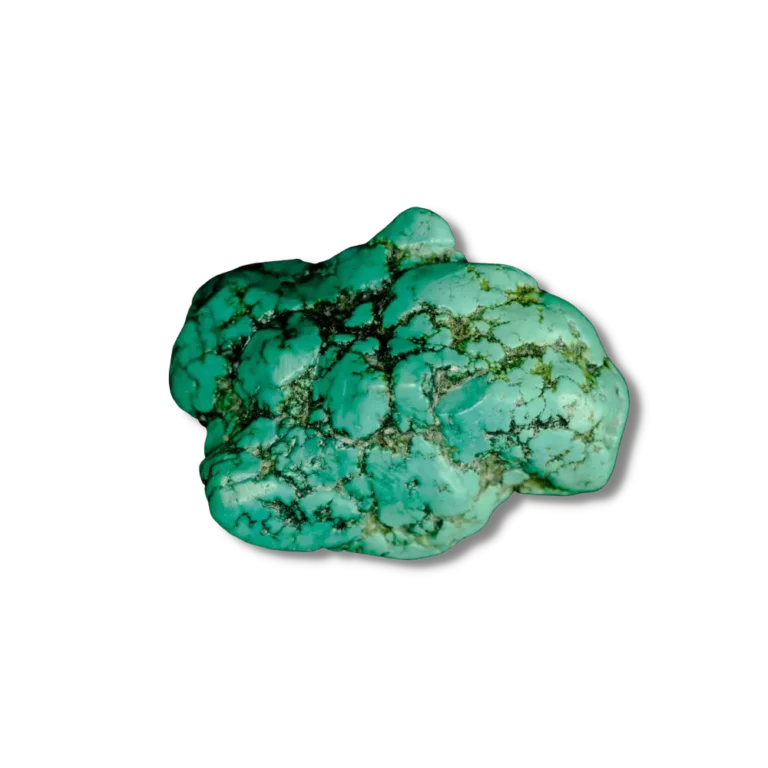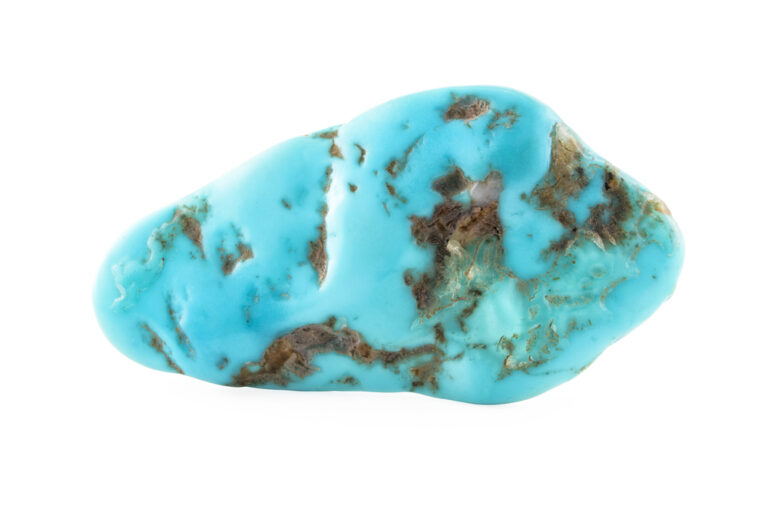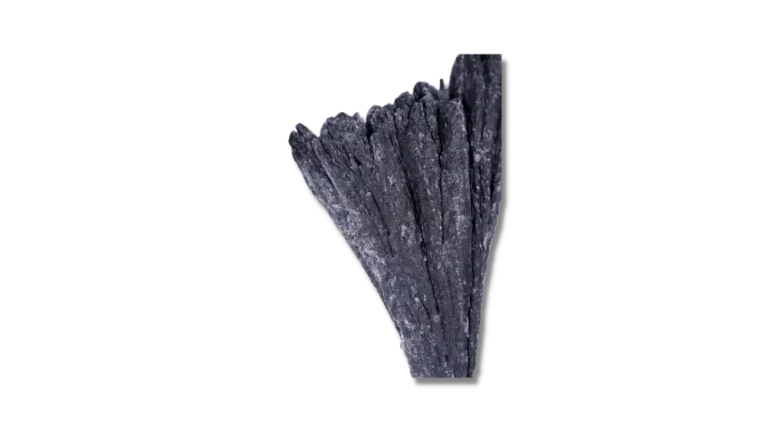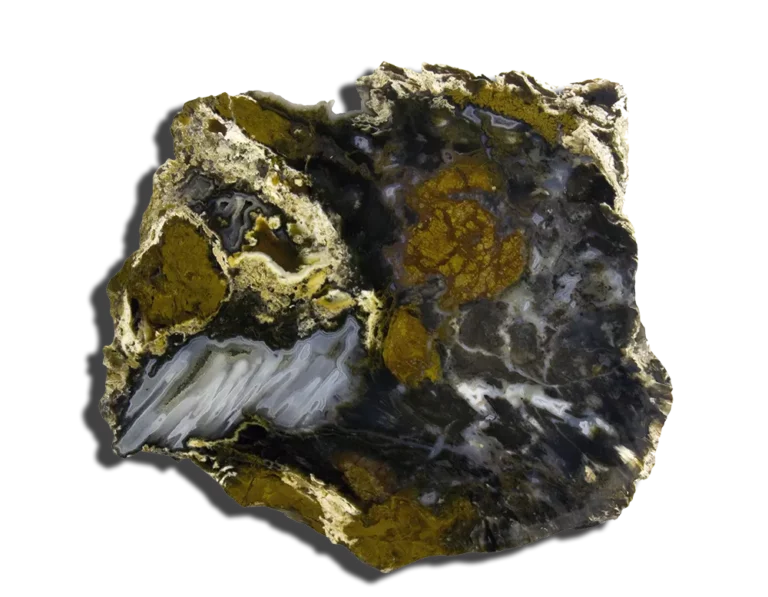The Fascinating History and Significance of the Cullinan Diamond
Setting on the journey to explore the fascinating story of the Cullinan Diamond, one is led to a remote mine in South Africa. The Cullinan Diamond, known as the largest gem-quality rough diamond ever unearthed, has an intriguing narrative that spans across continents and centuries. This extraordinary diamond was discovered in 1905 at the Premier Mine, located near Pretoria, South Africa. This remarkable gem weighed a staggering 3,106 carats, which is about 1.37 pounds or 621.35 grams, astounding miners and gemologists alike with its enormous size and exceptional quality.
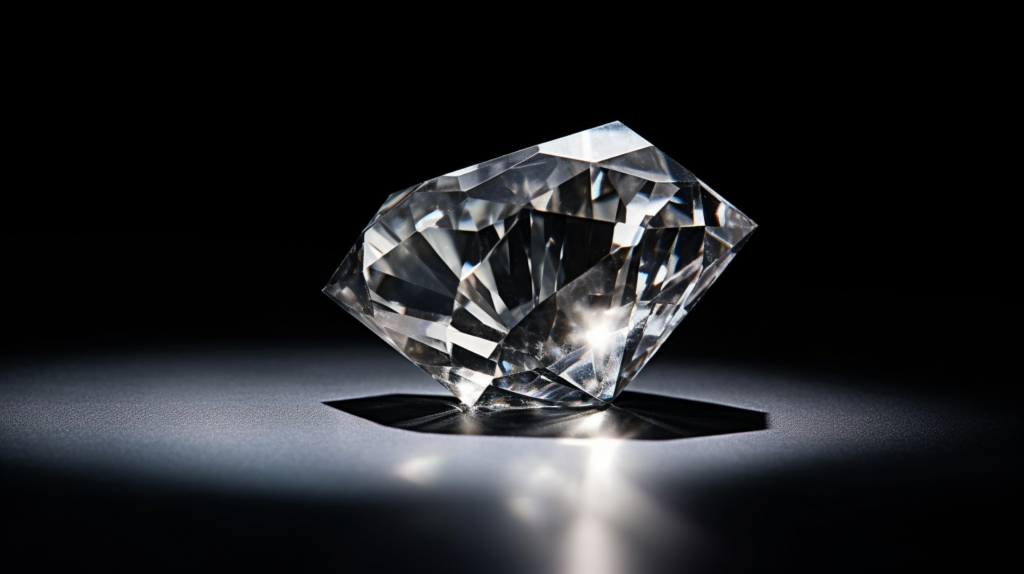
The discovery of the Cullinan Diamond is not just a story about a rare and highly valued gemstone. It’s about the intersection of geology, industry, politics and history. It involves the ambitious mine owner Thomas Cullinan, after whom the diamond is named. The tale includes a secretive journey across seas to reach the court of King Edward VII and the expert craftsmanship of the Royal Asscher Diamond company of Amsterdam. Finally, it takes us to the British Crown Jewels, where the largest portions of the cut Cullinan Diamond reside today.
Embark on this journey as we delve into the captivating history, intricate journey, and profound implications of the Cullinan Diamond. From its extraordinary discovery to its enduring impact on the global diamond trade, this astonishing gemstone remains a shining testament to the marvels of nature and the human endeavor to uncover, refine, and celebrate its beauty.
In This Article
Discovery and Early History
Unearthing of the Cullinan Diamond
On January 26th, 1905, an extraordinary occurrence happened at the Premier No. 2 mine in Transvaal, South Africa. A miner by the name of Frederick Wells, who worked as the mine’s superintendent, discovered a diamond of unprecedented size approximately 18 feet below the earth’s surface. Initially, the sheer size of the gem led many to believe it was merely a shard of glass. However, after closer inspection, it was confirmed to be a diamond, and not just any diamond but the largest rough diamond ever found.
Named after Sir Thomas Cullinan, the owner of the mine, the Cullinan Diamond was an immediate sensation. This luminous gem refracted light with an intensity never seen before, its crystalline structure shimmering with a thousand colors. The diamond was so large that it didn’t fit into the traditional pouches used by miners to store their findings. It had to be sequestered in a special box and kept under constant guard.
The Journey of the Cullinan Diamond
After its discovery, the rough diamond was put on display in Johannesburg, where it was visited by thousands eager to catch a glimpse of this unprecedented find. However, despite its fame, the Cullinan Diamond was a challenging sell. Its sheer size and worth made it a risky proposition for potential buyers.
Eventually, the diamond was sent to London for inspection by potential purchasers. The journey was fraught with perils – to guard against possible theft, a decoy stone was shipped by a well-guarded steamboat, while the real Cullinan Diamond was sent in a plain box via parcel post.
Once in London, the diamond was displayed to King Edward VII, who was in awe of its size and beauty. However, it would be several more years before the stone finally found a home.
Acquisition by the Transvaal Colony

In the early 20th century, the Transvaal Colony, a British colony in South Africa, was in a delicate political position. It was recovering from the political turmoil of the Boer War and looking for ways to strengthen its ties with the British Empire. The Transvaal Colony’s government saw the purchase of the Cullinan Diamond as an opportunity to achieve this goal.
After much deliberation, the executive council of the Transvaal Colony decided to buy the diamond for £150,000, equivalent to about £15 million in today’s money. This was a significant sum, but the government was convinced of the diamond’s symbolic value. The purchase was not only a demonstration of the colony’s wealth and prosperity but was also intended to foster goodwill with the British monarchy.
In 1907, the Transvaal Colony‘s Prime Minister, Louis Botha, presented the diamond to King Edward VII as a birthday gift. This gesture was met with approval within the British Empire and marked the beginning of a closer relationship between the Transvaal Colony and Britain.
However, this purchase wasn’t without controversy. Critics argued that the money could have been better spent on improving the livelihoods of the colony’s residents. Despite the criticisms, the government stood by their decision, confident in the strategic benefit and the international prestige they believed the diamond would bring to the colony.
The acquisition of the Cullinan Diamond by the Transvaal Colony is an intriguing chapter in the stone’s history. It highlights the diamond’s political significance and illuminates the colonial dynamics of the early 20th century.
Cutting the Cullinan Diamond: A Masterful Feat

The Role of Joseph Asscher & Co.
The task of cleaving the Cullinan Diamond was not one that could be entrusted to just any gem cutter. It required a master of the craft, someone with an unparalleled reputation in the diamond industry. That someone was Joseph Asscher of the Amsterdam-based company, Asscher Diamond Co., which was renowned for its expertise and skill in cutting large diamonds.
With a rich history in the diamond industry that stretched back for generations, the Asscher family was well-respected for its meticulous craftsmanship and outstanding dedication to the art of diamond cutting. Joseph Asscher, considered one of the foremost diamond cutters of his time, was chosen for the enormous responsibility of cleaving the Cullinan Diamond.
The Cutting Process
The process of cutting the Cullinan Diamond was an arduous endeavour that required tremendous precision, skill and patience. The gem was examined thoroughly for two months before any cut was made. The colossal diamond was then handed over to Joseph Asscher who was faced with the daunting task of cleaving the mammoth stone.
Asscher’s first attempt to split the diamond was met with failure, as the blade broke upon impact with the diamond, leaving the gem unscathed. Undeterred, Asscher spent a week modifying his tools and techniques before attempting the split again. This second attempt was successful, and the diamond was cleaved into two main pieces. The process of cutting and polishing continued for eight months, resulting in nine large diamonds and 96 smaller ones.
The two largest stones, the Great Star of Africa and the Lesser Star of Africa, cut from the Cullinan Diamond showcased the sheer brilliance and skill of Joseph Asscher & Co. This masterful feat left a profound impact on the diamond industry and marked a significant milestone in the art of diamond cutting.
The Cullinan Diamonds in the Crown Jewels of the United Kingdom
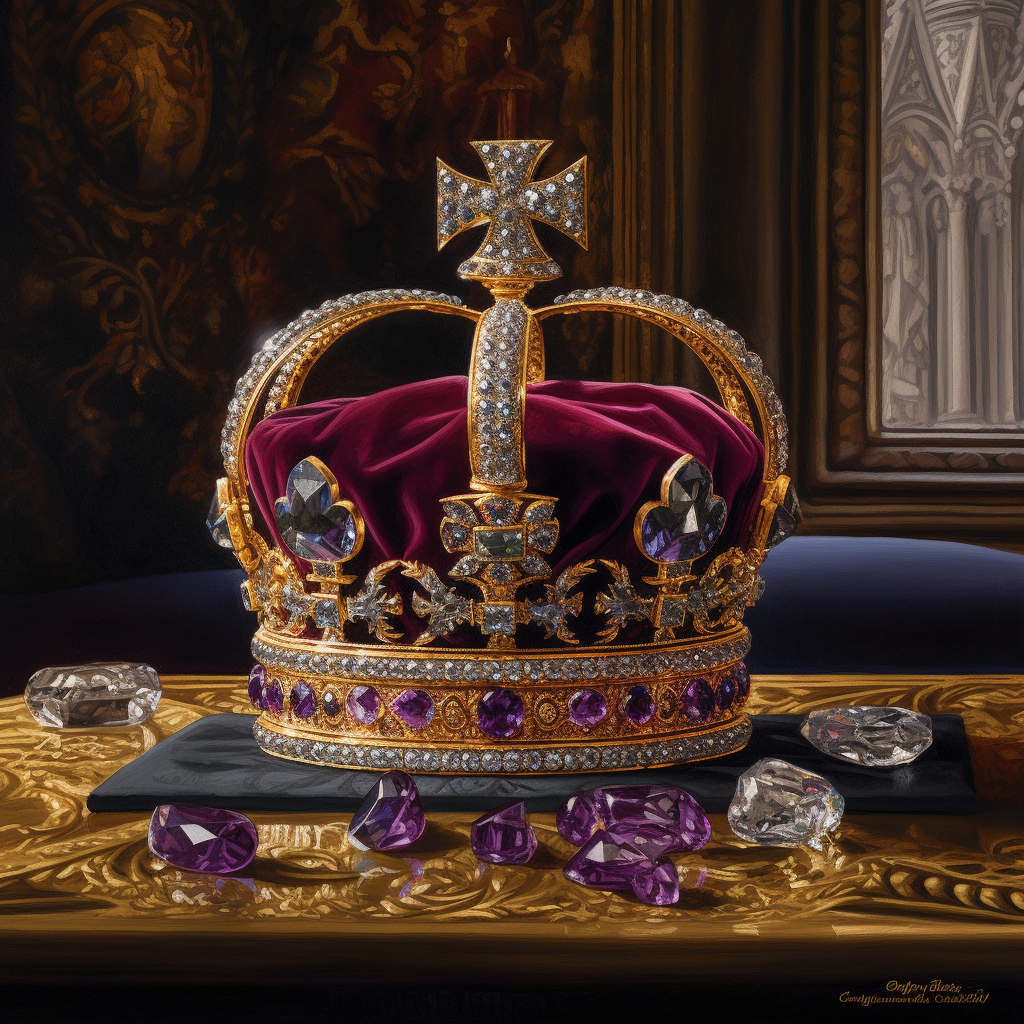
After the Cullinan Diamond was expertly cut and polished by Joseph Asscher & Co., the resulting gems were destined for an illustrious future. The two largest stones, the Great Star of Africa and the Lesser Star of Africa, were incorporated into the British Crown Jewels, elevating their prestige and value.
The larger of the two, the pear-shaped Great Star of Africa, or Cullinan I, is an impressive 530.20 carats and is deemed the second-largest cut diamond in the world. This majestic stone adorns the Sovereign’s Sceptre with Cross, a symbol of royal power since the 17th century.
Meanwhile, the Cullinan II, or the Lesser Star of Africa, weighing a substantial 317.40 carats, is the fourth-largest cut diamond in the world. It gleams from the front of the Imperial State Crown, worn by the monarch at the State Opening of Parliament and other state occasions.
Beyond these two prominent pieces, other smaller diamonds cut from the Cullinan were set into various items of royal regalia, firmly cementing the Cullinan Diamond’s connection with the British monarchy.
Today, the Cullinan diamonds can be viewed at the Tower of London, where they continue to captivate viewers with their size, beauty, and dazzling brilliance. Their inclusion in the Crown Jewels not only highlights their intrinsic value but also symbolizes the wealth and power of the British monarchy. They stand as enduring reminders of the intriguing history and global journey of the Cullinan Diamond.
Cultural and Symbolic Importance of the Cullinan Diamond
The Cullinan Diamond has transcended beyond its physical existence as a gem and has become a symbol with a rich cultural and historical significance. Its story represents a fascinating intersection of geography, colonial history, wealth, and luxury.
The diamond’s discovery in South Africa underlines the country’s mineral wealth and its crucial role in the global diamond industry. At the same time, it also highlights the colonial history between South Africa and the British Empire. The purchase and gifting of the Cullinan Diamond by the Transvaal Colony to King Edward VII was a significant political gesture, aimed at solidifying the colony’s relationship with the British Empire.
Over the years, the Cullinan Diamond has become synonymous with luxury and opulence. As the largest diamond ever discovered, it naturally denotes wealth and prosperity. The diamond’s inclusion in the British Crown Jewels further reinforces this symbolism, as it is associated with the grandeur and prestige of the British monarchy.
In many ways, the Cullinan Diamond also symbolizes human expertise and endeavour. From its discovery in the rough to its transformation into a collection of beautifully cut and polished gems, the journey of the Cullinan Diamond showcases the skills and capabilities of the people involved in its story. The expert cutting of the diamond by Joseph Asscher, in particular, remains an astonishing feat in the gem industry.
Ultimately, the cultural and symbolic importance of the Cullinan Diamond extends far beyond its tangible form. It is a captivating narrative of discovery, craftsmanship, power, and luxury, making it an enduring symbol in our cultural history.
Economic Impact and Legacy of the Cullinan Diamond
Influence on the Diamond Trade and Market
The discovery of the Cullinan Diamond had a profound impact on the global diamond industry. It cemented South Africa’s status as a leading source of diamonds and proved the potential for finding exceptionally large and valuable diamonds. This, in turn, attracted significant investments in South African mining, which boosted the economy and helped establish the country’s mining sector as a major player in the global diamond trade.
The Cullinan Diamond also altered the perception of value in the diamond market. Its sheer size and the fact that it could be cut into several large, high-quality diamonds challenged the conventional wisdom of the time. It demonstrated that enormous value could be locked within a single rough diamond and that with skilled cutting and polishing, this value could be maximized.
Ongoing Legacy in the Gemstone Industry
The Cullinan Diamond’s legacy extends beyond its immediate financial impact. Its cutting process set a new benchmark for diamond-cutting techniques. The meticulous planning and execution demonstrated by Joseph Asscher & Co. highlighted the importance of expertise and precision in revealing a diamond’s true beauty and value, paving the way for advancements in diamond-cutting technology.
Furthermore, the Cullinan Diamond’s journey from a South African mine to the British Crown Jewels has generated enduring interest in large diamonds. Its story has been a source of fascination for diamond enthusiasts, historians, and gemologists, influencing the way diamonds are marketed and perceived by the public.
In conclusion, the Cullinan Diamond left an indelible mark on the global diamond industry. Its discovery altered the course of the diamond trade and stimulated economic growth, while its cutting process influenced diamond craftsmanship. Its story continues to captivate and inspire, securing its legacy in the annals of gemological history.
Summary Of Discussion
From its enthralling discovery in South Africa’s Premier Mine to its present location in the British Crown Jewels, the journey of the Cullinan Diamond has been nothing short of extraordinary. Its size and brilliance captivated the world, and its transformation into a collection of spectacular gemstones demonstrated the pinnacle of human craftsmanship.
The Cullinan Diamond’s story is more than just a tale of a remarkable gem. It illustrates the interplay of geology, commerce, politics, colonial history, and monarchy. It underscored South Africa’s significance in the global diamond trade and highlighted the expertise of eminent diamond cutters like Joseph Asscher.
Its legacy, felt in the cultural symbolism it holds, the fascination it continues to inspire, and its enduring influence on the diamond industry, is a testament to its unique place in history. The Cullinan Diamond, in all its sparkling grandeur, remains a remarkable symbol of nature’s extraordinary creations and human ingenuity. Its journey continues to fascinate us, serving as a glittering reminder of our desire to uncover, refine, and cherish the Earth’s hidden treasures.
Frequently Asked Questions (FAQs)
Where was the Cullinan diamond discovered and why is it significant?
The Cullinan diamond was discovered in South Africa’s Premier Mine. It is significant because it is the largest rough diamond ever found.
How did the Cullinan diamond get its name and who purchased it first?
The Cullinan Diamond was named after Thomas Cullinan, the owner of the mine where it was discovered. The first party to purchase the diamond was the Transvaal Colony government.
Who was responsible for cutting the Cullinan diamond and what were the challenges faced during the process?
The Amsterdam-based firm Joseph Asscher & Co. was chosen to cut the Cullinan diamond. The challenges faced during the process included the diamond’s enormous size, which required meticulous planning and the development of special techniques to successfully cleave it into two halves.
How were the largest cuts of the Cullinan diamond used and where can they be found today?
The largest cuts of the Cullinan Diamond, the Great Star of Africa and the Smaller Star of Africa, were incorporated into the Crown Jewels of the United Kingdom. They are currently located in the Tower of London.
What is the cultural and economic significance of the Cullinan diamond?
Culturally, the Cullinan Diamond is a symbol of wealth and luxury and holds significance in the colonial history between South Africa and the British Empire. Economically, its discovery greatly influenced the diamond trade and market, changing diamond mining practices and impacting the gemstone industry. Its legacy continues to influence these fields today.




